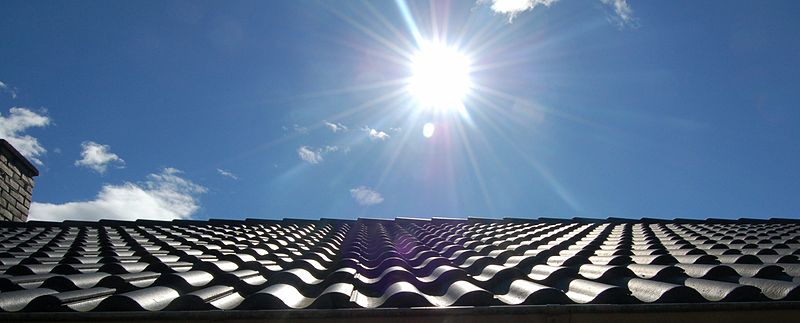Warming from the sun occurs through the absorption of visible light and infrared light into materials whose molecular groups become energized at specific wavelengths, and the material warms. These molecules then can lose the energy by emitting it at different wavelengths, often in the infrared spectrum, cooling the material.
Passive Cooling
Creating surfaces that do not heat up as much has been a goal of material scientists interested in passive cooling systems, which are more cost and energy effective than active cooling systems like air conditioning and thermoelectric coolers.
Researchers have tried to make materials that do not absorb much infrared light, but are capable of absorbing heat from adjacent surfaces and then emitting the absorbed energy in the form of infrared radiation. Films of materials like this could be put on solar panels to drop their temperature to a level where they operate more efficiently, or could be used on the outside walls of buildings to reduce the internal temperature by a few degrees.
Cool as a Glass-Polymer Hybrid
Researchers at the University of Colorado-Boulder recently developed a composite structure made from a thin sheet of transparent plastic (polymethylpentene) which was infused with 8 micron glass beads. The sheet was coated on the back with silver. When put on another surface to be cooled, the silver reflected most of the visible light that contacted the sheet. The film also removed the heat from the underlying layer and reflected it in the mid-IR range. The glass beads act as IR resonators to make them efficient IR emitters. The Colorado researchers estimate that the films can reduce the surface temperatures by 10°C and can be made cost-efficiently.

